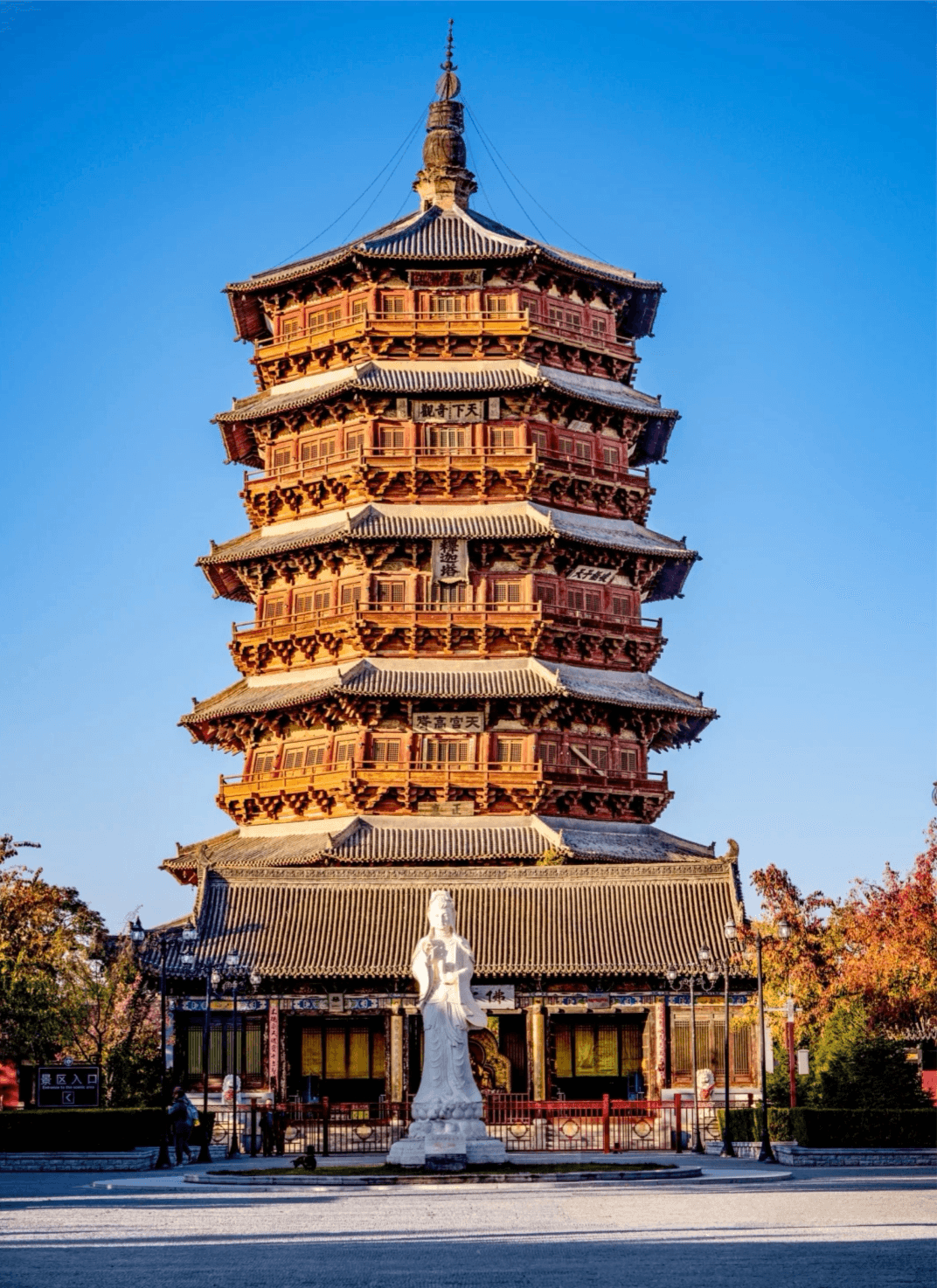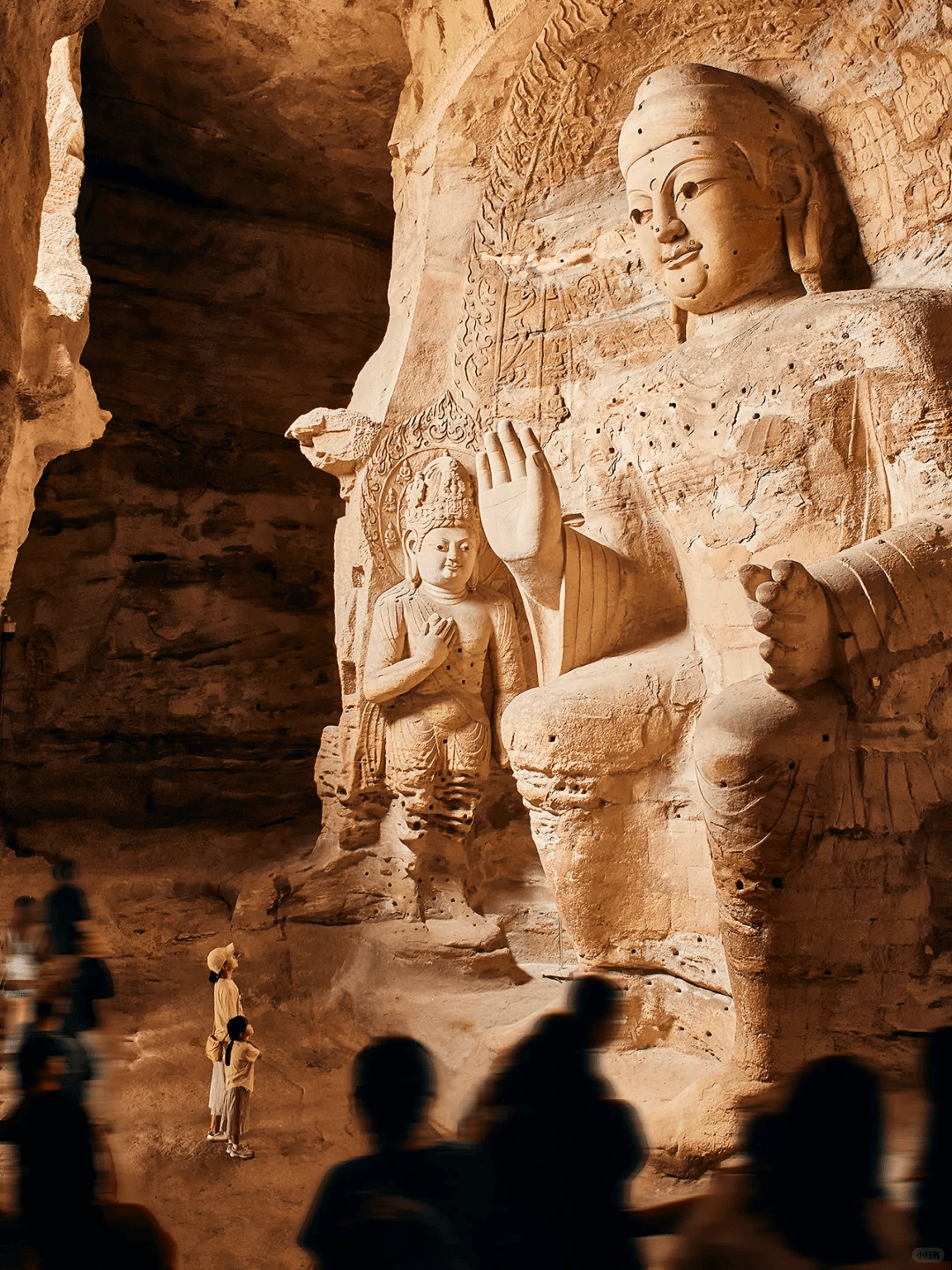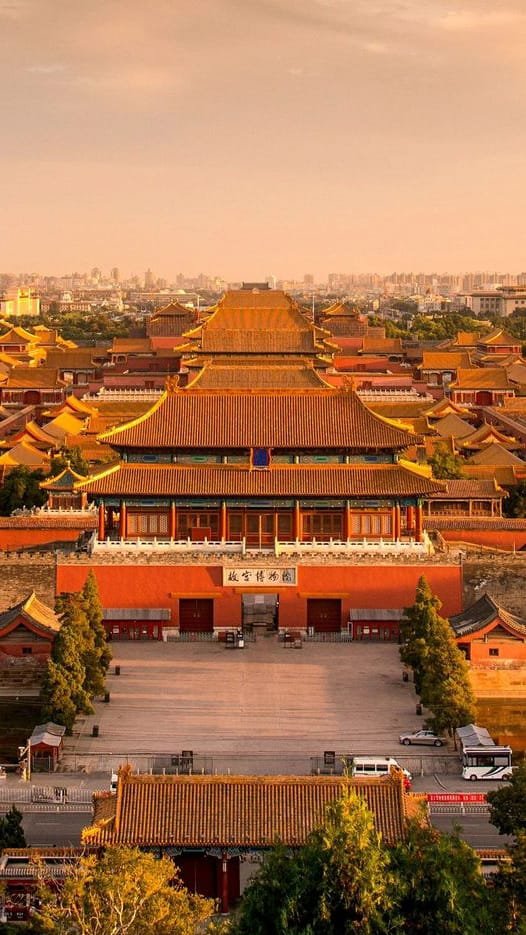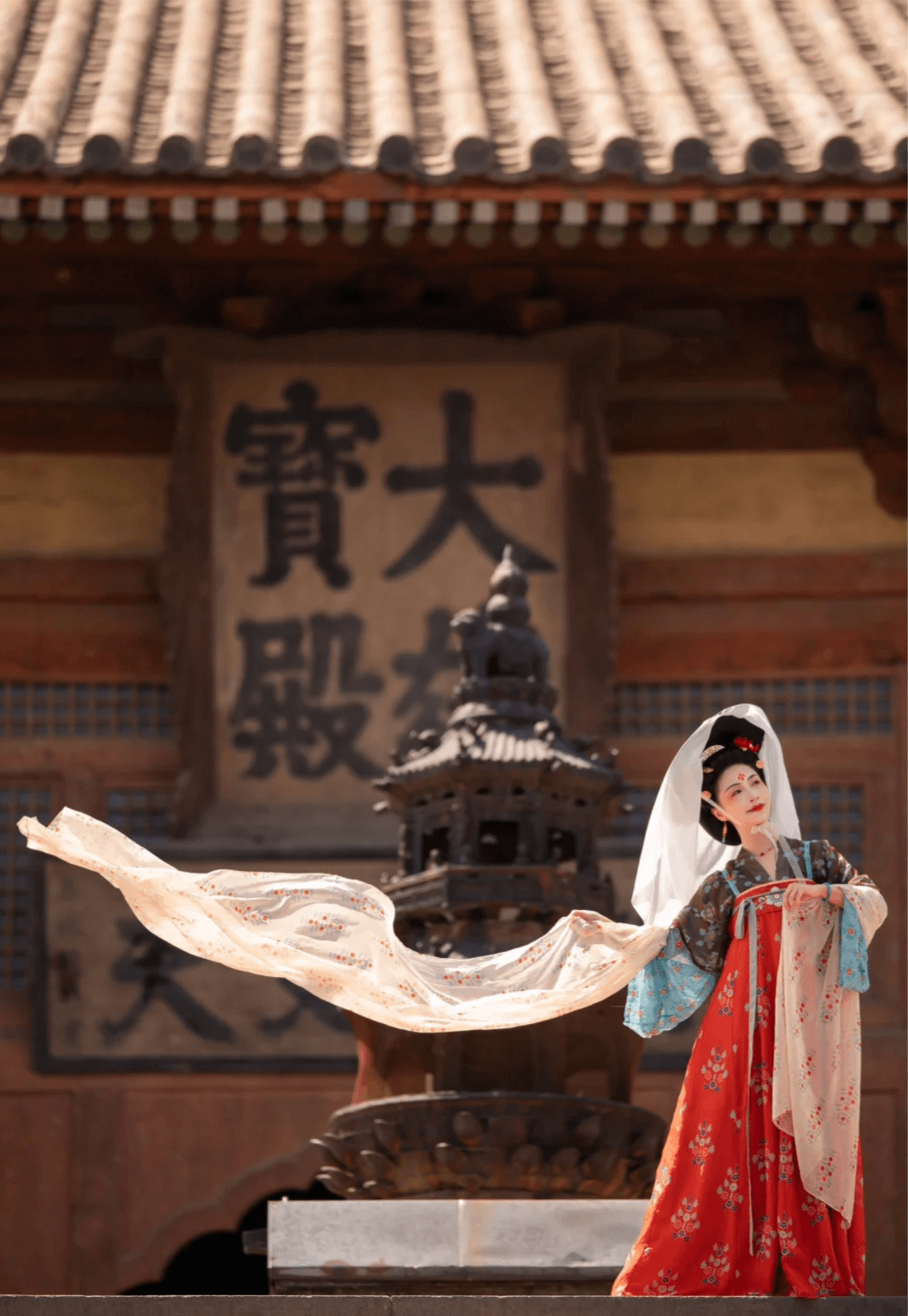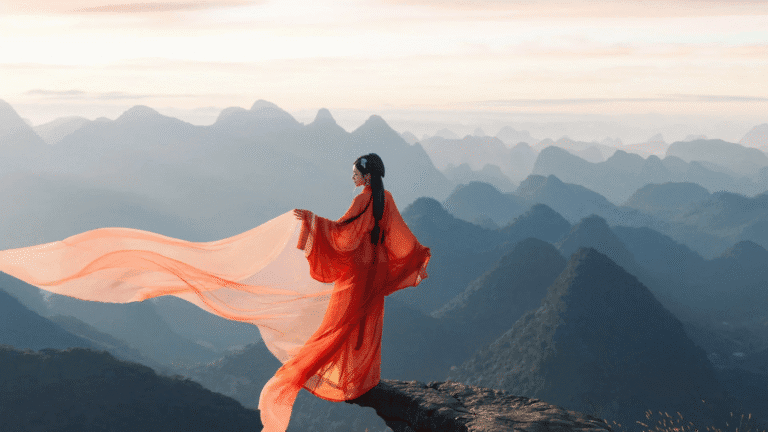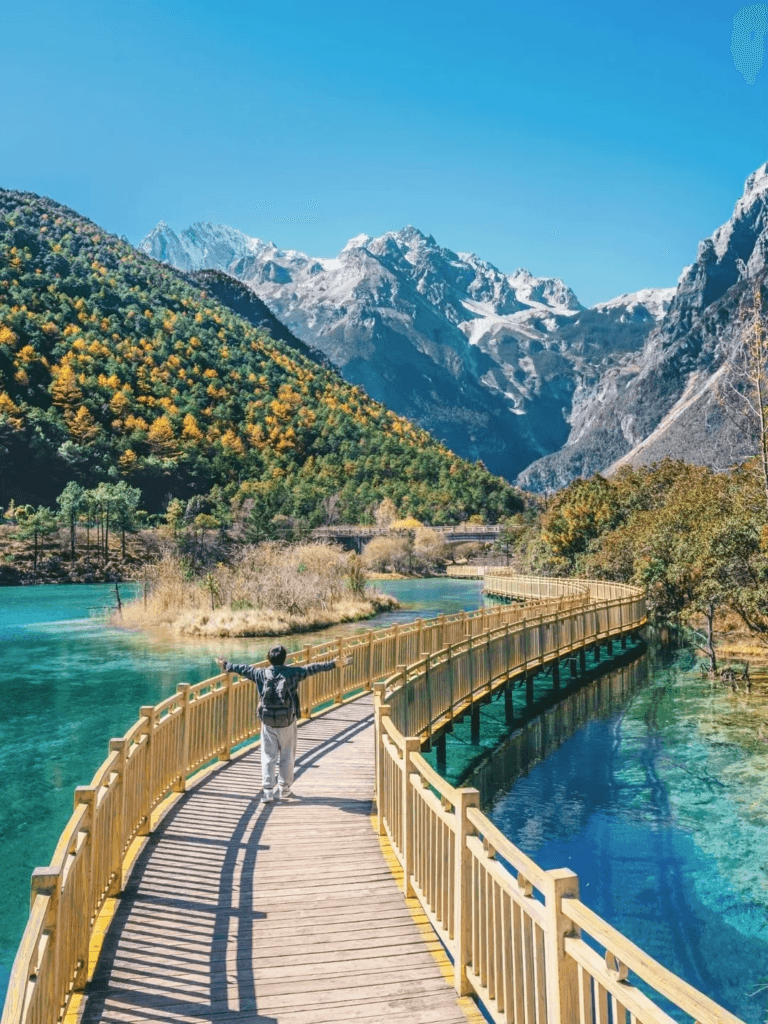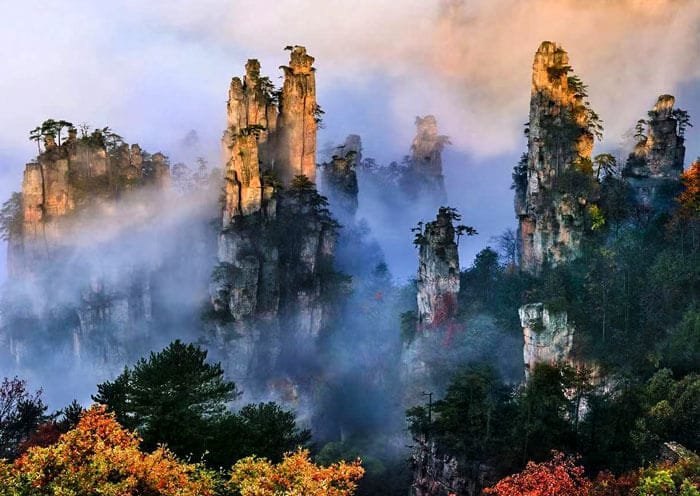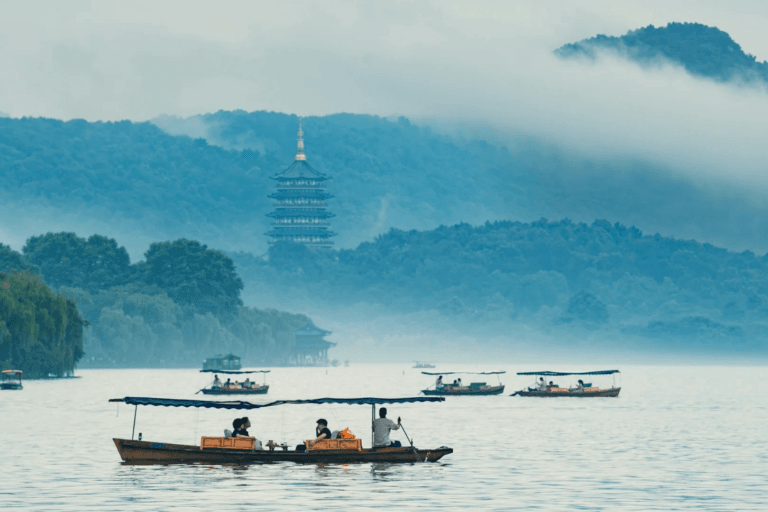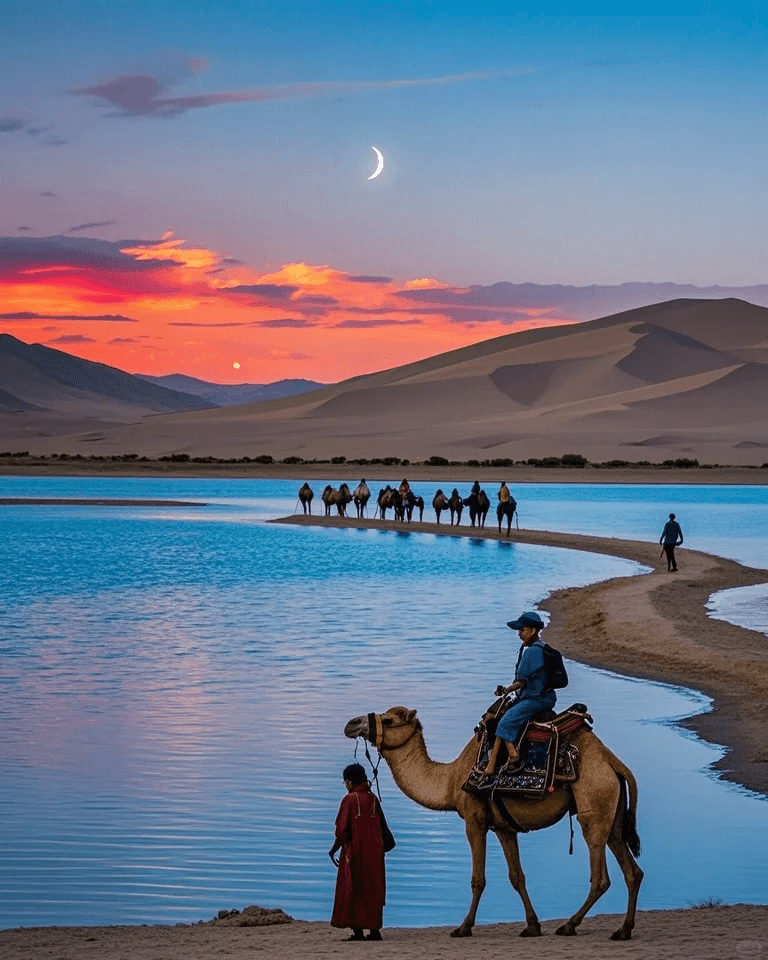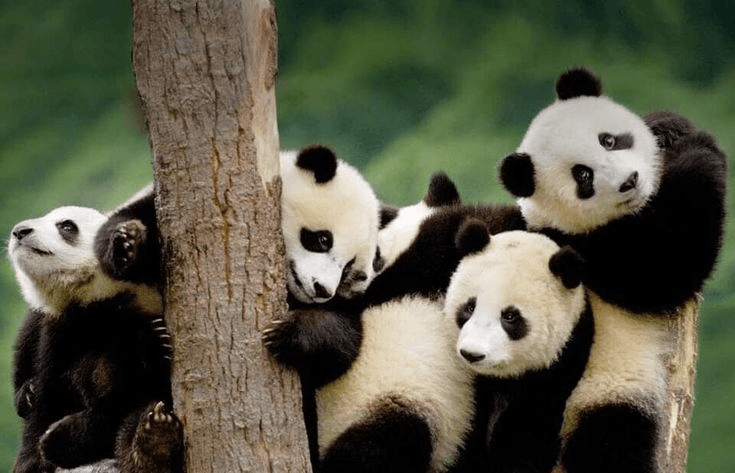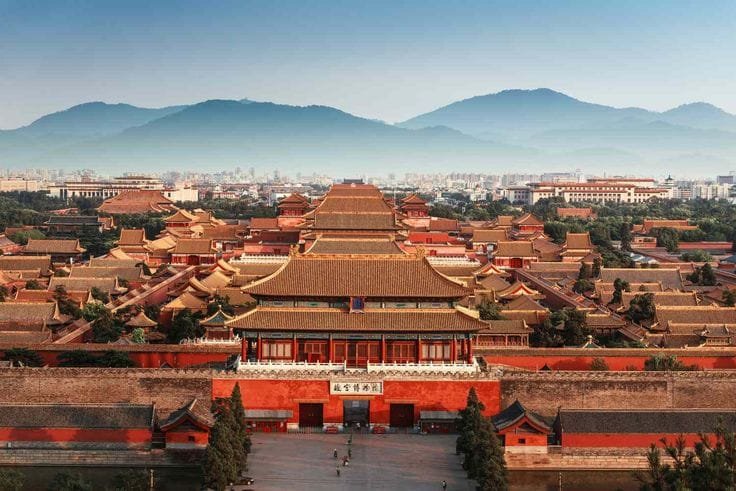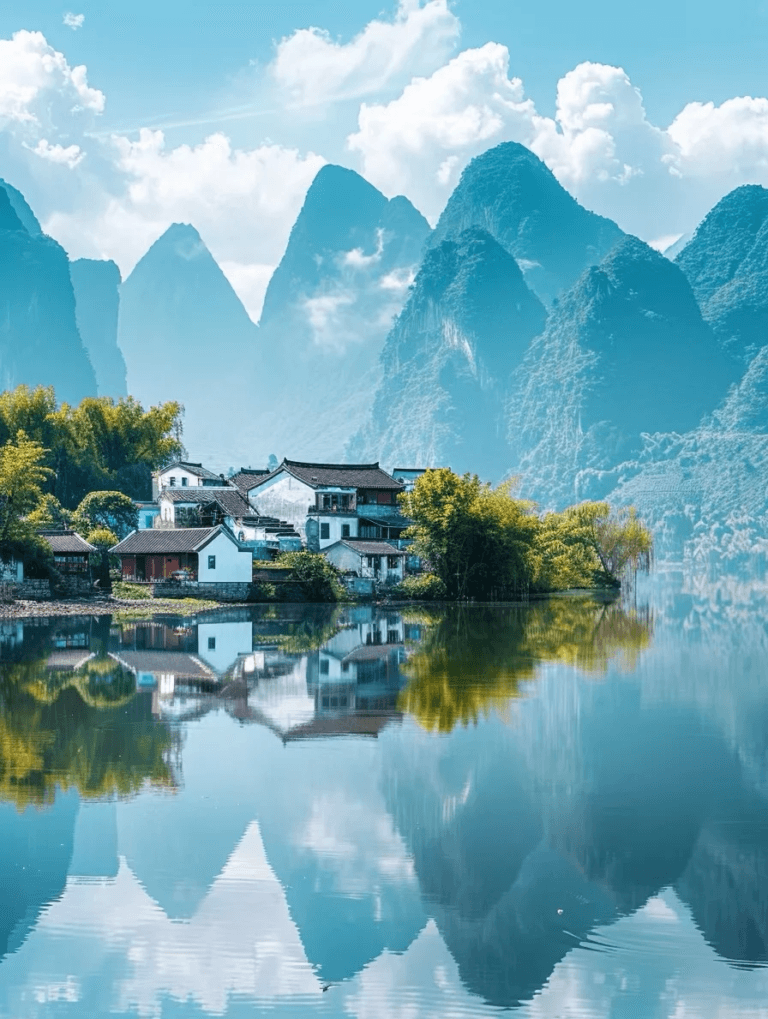Route:
Beijing > Xi’an > Shanxi > Luoyang
Duration:
12 Days
Suitable for:
Cultural Enthusiasts, History Lovers, Architecture Fans
Accommodation:
4-star boutique hotels & local stays
Best Season:
Spring, Summer,Autumn
Guide Languages Available:
English, French, Chinese
Introduction
Step into a sacred journey through the spiritual heart of China. Over 12 immersive days, explore ancient temples, majestic stone caves, and timeless shrines that embody the essence of Chinese religious and philosophical traditions — from Daoism and Confucianism to Tibetan and Mahayana Buddhism. From imperial Beijing to the mountain sanctuaries of Shanxi and the legendary grottoes of Luoyang, this pilgrimage reveals how faith, art, and architecture have shaped China’s soul for centuries.
Itinerary Overview
Our standard itineraries are for reference only — just let us know your preferences in the form, and our travel experts will customize a trip just for you!
China’s capital is more than politics and palaces — it’s a cradle of sacred traditions.
Day 1: Arrival in Beijing – Enter the Celestial Capital
Arrive in Beijing and meet your Adventure Leader and fellow travelers at the hotel. In the evening, enjoy a welcome dinner featuring authentic Beijing cuisine — including the iconic Peking duck — followed by a short walk through the lively Wangfujing area.
Day 2: From Heaven’s Altar to the Forbidden City
Begin your day at the Temple of Heaven, a UNESCO-listed Daoist complex where emperors once prayed for bountiful harvests. Continue to Tiananmen Square, then enter the Forbidden City, China’s largest and best-preserved imperial palace. After lunch, enjoy sweeping views from Jingshan Park, and explore the White Cloud Temple, one of China’s most important Daoist temples.
Day 3: Harmony in Faith and Art
Visit the Yonghe (Lama) Temple, Beijing’s largest Tibetan Buddhist monastery, known for its giant sandalwood Buddha. Later, explore the peaceful pavilions and Buddhist halls within the Summer Palace, a vast imperial garden. Cap off the day with optional drinks in the Sanlitun nightlife district or a quiet tea session in a traditional hutong courtyard.
Xi’an, the ancient capital of 13 dynasties, holds centuries of Buddhist and imperial heritage.
Day 4: Westward Bound
Take a high-speed train or short flight to Xi’an. After arrival, walk or bike along the imposing Ming-era City Wall. In the evening, wander the bustling Muslim Quarter, home to colorful markets and Xi’an’s famous street food.
Day 5: Pilgrimage to the Warriors and Pagodas
In the morning, explore the Terracotta Warriors Museum, where thousands of life-sized clay soldiers guard Emperor Qin Shi Huang’s tomb. After lunch, visit the towering Big Wild Goose Pagoda, built to house the sutras brought back by the monk Xuanzang. Optional evening musical fountain show in the adjacent square.
Day 6: Sacred Relics and Springs
Journey to the Famen Temple, a revered Buddhist pilgrimage site that houses a finger bone relic of the Buddha himself. Return to Xi’an and explore the Shaanxi History Museum, home to religious art from the Tang and Han dynasties. Optional seasonal activity: attend The Song of Everlasting Sorrow, an epic open-air performance at Huaqing Hot Springs.
In the rugged north, faith is etched into cliffs and crafted from wood.
Day 7: To the Grottoes of the North
Travel by high-speed train to Datong in Shanxi province. In the afternoon, explore the breathtaking Yungang Grottoes, a UNESCO site with over 51,000 Buddhist statues carved during the Northern Wei Dynasty.
Day 8: Temples on the Edge
Head to Hengshan, one of China’s sacred mountains, and visit the extraordinary Hanging Temple — a gravity-defying complex clinging to a cliff that blends Buddhist, Daoist, and Confucian elements. In the afternoon, visit the Wooden Pagoda of Yingxian, the tallest and oldest surviving wooden tower in the world, built in the Liao dynasty. Overnight in Datong or nearby town.
Day 9: Countryside Serenity and Reflection
Enjoy a slower morning exploring traditional Shanxi villages or temples, and transfer via high-speed train to Luoyang, one of China’s Four Great Ancient Capitals. Evening at leisure.
The Buddhist legacy culminates in Luoyang’s monumental stone sanctuaries and sacred temples.
Day 10: The Thousand Buddhas of Longmen
Visit the awe-inspiring Longmen Grottoes, where over 100,000 Buddhist statues line the cliffs of the Yi River — a UNESCO World Heritage Site representing the pinnacle of Chinese cave art. Explore both the eastern and western sections, followed by a short visit to Xiangshan Temple nearby.
Day 11: First Temple, Lasting Legacy
Begin with a visit to White Horse Temple, regarded as the cradle of Chinese Buddhism. Then, explore the Guanlin Temple, honoring Guan Yu — a revered warrior-saint in Daoist and Confucian traditions. In the afternoon, delve into Luoyang’s rich history at the Luoyang Museum.
Day 12: Farewell or Optional Extension
Your spiritual journey ends today. Transfer to the airport or train station for your departure, or opt for an extension to nearby destinations like Dengfeng (Shaolin Temple) or Kaifeng for further cultural exploration.
Travel with Confidence
Useful Information
At Travel China, we believe your journey should be as unique as you are. Our itineraries are here to inspire—but every trip can be fully customized to match your interests, pace, and preferences. Simply share your ideas with us through the form, and our travel experts will craft a tailor-made adventure just for you, along with a personalized quote.
All our tours can be adjusted to suit your needs—whether it’s adding destinations, changing pace, or tailoring experiences. Just tell us what you have in mind!
A small deposit of just 10% per person confirms your booking and secures your hotels, tickets, and private transport. The remaining balance is paid upon your arrival in China.
A visa is required for travel to mainland China. We recommend applying at least two months in advance.
Ages 14–70 must apply in person at a Visa Application Center.
Ages 13 and under / 71 and over can apply online.
We’ll provide you with the necessary documents and guidance to make the process smooth and easy.
Comfortable private cars are arranged within cities. For intercity travel, we use China’s efficient high-speed trains or domestic flights. Please note: lighters and aerosols are not allowed on trains or planes.
The local currency is the Renminbi (RMB / CNY / Yuan). We suggest exchanging money before departure. US dollars are also commonly accepted. Credit cards work in most hotels and malls, but small shops may only accept cash. ATMs are widely available.
Hotels may require a credit card or cash deposit upon check-in.
You’ll be warmly greeted by your local guide upon arrival. Throughout your trip, a knowledgeable local guide will accompany you in each city to offer expert insight and support.
We handpick hotels for comfort, location, and character—typically at a 4-star standard. Ratings may differ from international norms, but we inspect all our partner properties regularly to ensure quality. All rooms come with private bathrooms.
Breakfast is always western style and served in the hotel each morning. Dinner (when included) will be taken in local restaurants or at the hotel. A variety of restaurants are visited giving you the chance to experience a range of dishes and flavours. Unlike the western world, Chinese people do not normally pre-heat their plates and food can be presented at a variety of temperatures, which is a typical Chinese way of doing things.
Please contact Customer Experience for questions about other dietary requirements or allergy information.
It is not recommended to drink the tap water, even in developed countries water may contain unfamiliar elements that can cause upset stomachs. In less developed countries water is not filtered in the same way. Bottled water will be available at shops and hotels.
If your visit falls during a major Chinese holiday, such as Chinese New Year (Jan–Feb) or Golden Week (May 1–3 & Oct 1–7), note that transportation may be busier and attractions more crowded. Shops may close temporarily, but scenic sites remain open.



